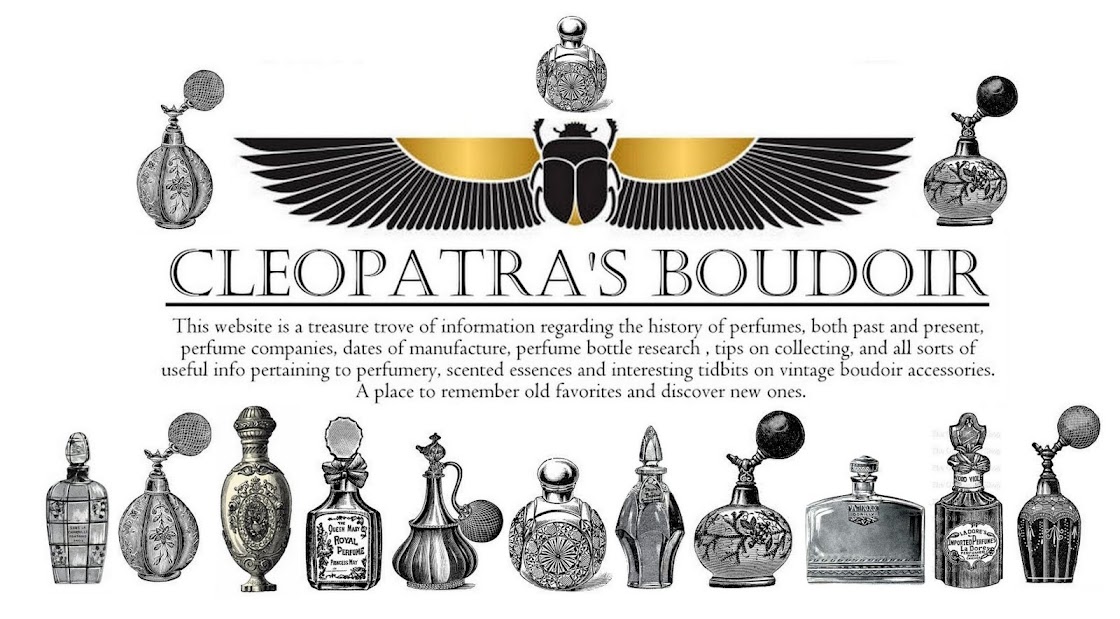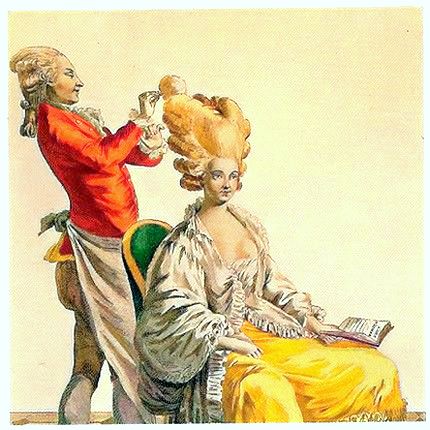"Grain de Folie" by Nicky Verfaillie was launched in 1982, a period characterized by significant social and cultural shifts. The early 1980s marked the beginning of a decade known for its extravagance, innovation, and breaking away from traditional norms. This era saw a rise in the prominence of avant-garde fashion, the growing influence of pop culture, and a burgeoning sense of individualism. It was a time when people were increasingly embracing bold, unconventional styles and celebrating the eccentric. Perfumes from this period often mirrored these trends with daring compositions and striking presentations. "Grain de Folie," with its whimsical and slightly rebellious name, perfectly encapsulated the spirit of the times—playful, audacious, and full of life.
The name "Grain de Folie" translates to "Seed of Madness" in English. This intriguing name suggests a small but potent spark of wildness and spontaneity, capturing the essence of unpredictable and joyous moments. Nicky Verfaillie likely chose this name to convey a sense of fun and carefree abandon, inviting wearers to embrace their playful side and indulge in moments of delightful madness. The concept of a "seed" also implies that this madness is an intrinsic part of one's nature, waiting to grow and flourish.
"Grain de Folie" is an appropriate name for a perfume because it embodies the idea of a scent that can spark joy and whimsy. The name suggests a fragrance that is both captivating and exhilarating, encouraging the wearer to break free from the mundane and experience moments of pure, unrestrained happiness. It speaks to the transformative power of scent, how it can ignite a sense of adventure and spontaneity, making life feel more vibrant and exciting.






































